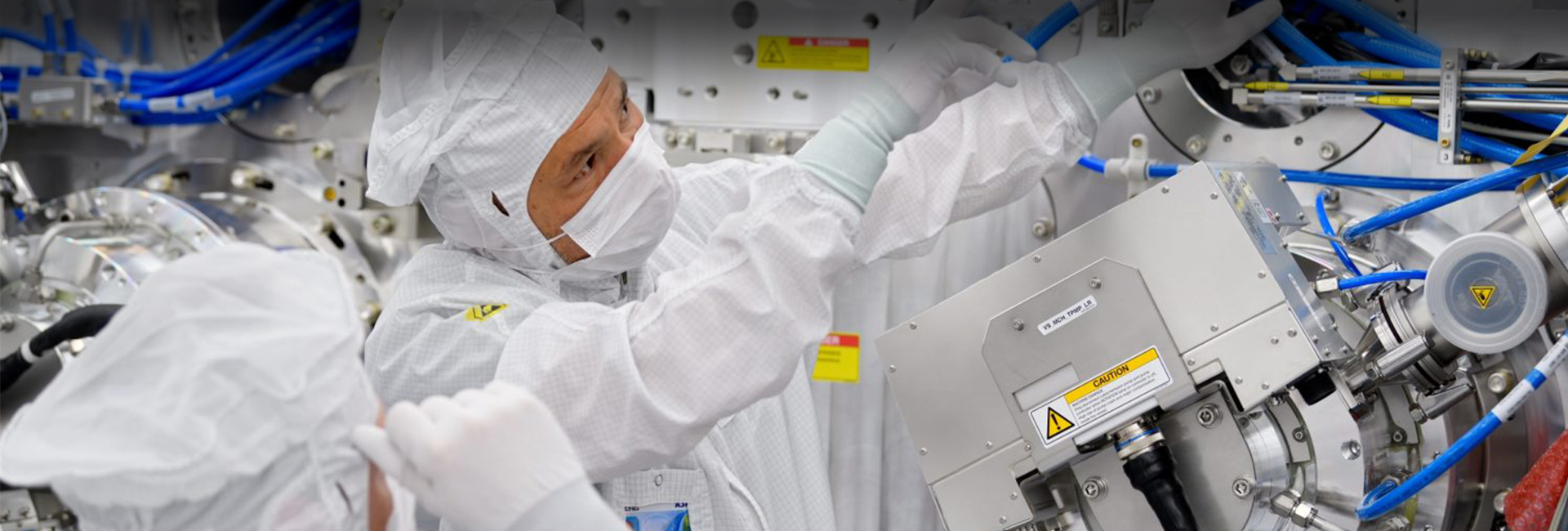Bluetooth chip protocol stack testing service
Taking the Bluetooth dual-mode chip project of deep light standard technology as an example, there are two parts.
1. Validation Test Type.
Before the project starts, know the specifications that your product supports and determine the test type. Chip manufacturers generally choose the basic test types, mostly conventional component, host subsystem, controller subsystem, there are generally 5 kinds of related to products, and a few chip manufacturers will choose End Product to complete the whole project, while the downstream finished product companies are mainly End Product.
(1) End Product
Supports at least one complete core architecture (Core Architecture) with corresponding Controller and Host core configurations (Core Configuration, and has a protocol stack (Protocols) / service (Services) / application specification (Profiles) beyond the core specification (Core Specification)
(2) Controller Subsystem
(3) Host Subsystem
(4) Profile Subsystem
(5) Component
(1) Statement product basic information Project Basics
Fill in the basic information of the product, such as product name, model, trademark, certification type, product configuration of host and controller, configuration needs to declare whether single mode or dual mode, defined by BR / EDR / HS / LE.
(2) Selection of the protocol layer, Layer Selection
The specific protocol layer of the product shall prevail, such as BREDR LE dual-mode Bluetooth will involve common layers:
BB (Baseband Conformance)、Link Manager、
L2CAP(Logical Link Control and Adaption Protocol)、
HCI/4.0HCI(Host Controller Interface)、LL(Low Energy Link Layer)、
IAL(Isochronous Adaptation Layer)、GATT(Generic Attribute Profile)、ATT(Attribute Protocol)
Selection screenshot of core protocol layer
(3)ICS Selection
The selection of specific functions in the protocol layer PICS, for each layer to check the specific supported functions, there are mandatory and selective functions, mandatory functions as the basic functions must be supported. The selective function is expansible, and the more selective functions, the more case is tested, and the larger the amount of testing is, which can better reflect the superiority of the product.
PICS selection screenshots of specific functions in the protocol layer
(4) Conduct the test for Testing
This part is the key and time-consuming place of the whole process. It mainly tests the protocol layer, which will contain many test cases of the protocol layer, repeated testing and debug, and view the signaling and process according to the test specification.
Normally, after getting the chip sample, the test engineer will conduct the first round of full coverage testing on all protocol layers, then screen the case on the TestPlan, mark the passed test green, the test failure mark red, and give the test log to the chipmaker software engineer, and the chipmaker software engineer debug will retest the case for a specific test failure, and proceed according to this.
Screenshot of Baseband Conformance protocol stack test in BREDR core layer controller
Screenshot of protocol stack test of Link Manager in BREDR core layer controller
Screenshot of the Link Layer protocol stack test in the BLE core layer controller
(5) Review and product announcement Review & Product Declaration
At this point, all the tests have been completed, and if it‘s a development test or a confirmatory test, you can finish the project here.
If you want to complete the certification, you will buy a DID, submit all the information related to the test and encryption test log, declare the product model, name, hardware and software version number, etc., and review SIG, SIG will look at the test data and review, if there is no problem, it will be listed on the SIG official website.
Deeplight has assisted a number of chip manufacturers to complete the testing of Bluetooth single and dual-mode BREDR-BLE chips, becoming one of the few teams on the market that can provide related testing or certification technical services. Welcome to consult us.




